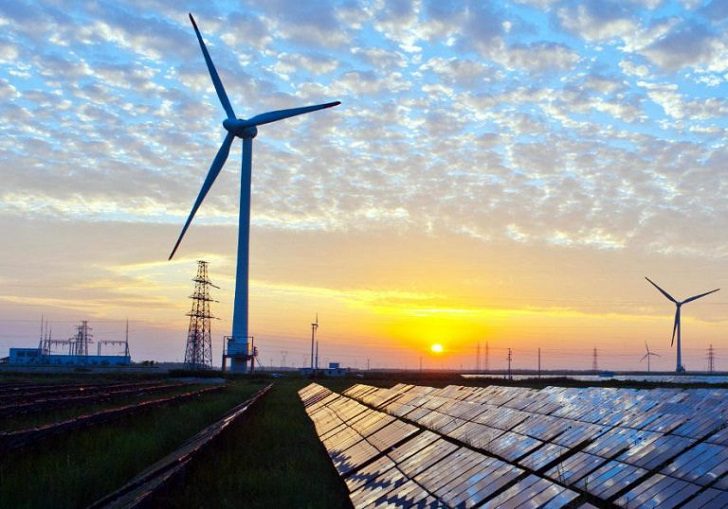Energy prices, according to economists, are the primary cause of high inflation. Americans have had to pay more for gasoline, natural gas for stoves, water heaters and furnaces, and oil and gas-derived electricity. However, the impact of fossil fuels is greater than that; energy prices indirectly impact virtually every sector of the economy.
Higher energy prices have a particularly noticeable impact on food prices because most of the cost of food is determined by how expensive it is to transport it from the farm to the shelf. However, it is also having an impact on other consumer goods. Amazon, for example, recently increased its Amazon Prime rates in European countries, citing rising fuel and transportation costs.
Reasons behind inflation

Brandon Bell/ Getty Images | Europe and the world are facing a watershed moment
On the one hand, climate change impacts inflation (“climateflation”) due to its wide-ranging physical consequences, such as crop disruptions, which can drive up food prices. This has the effect of causing supply shocks and price volatility. It will worsen with each additional degree of global warming.
On the other hand, our reliance on fossil fuels (the primary cause of global warming) can significantly contribute to inflation. The current, historically high inflation levels are primarily due to fossil fuel prices. Rising fossil fuel prices directly increase household energy bills, but they also raise the cost of other commodities and services.
Climateflation and fossilflation both disproportionately affect the poorest households.
Let us dive into fossil fuels as the source…

Kenueone / Wikimedia | Since mid-2020, inflation has been rising, with the level of average prices going up at a faster rate than it has since the early 1980s
Even though inflation measures prices paid by households, this does not mean that prices of industrial supplies are unimportant because when these rise, the price of the final product usually rises as well. For example, if the price of iron rises, the price of steel rises, as do the prices of construction supplies and housing prices. In a globalized economy, inflation is a domino effect.
There is one link in this chain that drives inflation more than others: the price of oil and gas. This occurs due to our economies’ addiction to fossil fuels at all levels: mobility, energy production, agriculture, and goods production. When the price of oil and gas rises, the price of everything else rises with it. In reality, high fossil fuel prices have historically been linked to inflation and economic downturns. According to Mark Zandi, chief economist at credit rating agency Moody’s, “every recession since World War II has been preceded by a rise in oil prices.”
For example, just before the 2008 financial crisis, oil prices reached $160 per barrel, nearly double the price in 2007 and nearly double the average price for the next four years. The same thing happened in 1999 and 2000. And in the 1990s, just after oil prices skyrocketed by 135%, causing another recession in the United States. The list is endless.
The other side

Brooke Anderson/ Survival Media Agency | Energy bills have continued to increase in line with wholesale gas prices, even though renewable energy is cheaper
The factors influencing fossil fuel prices are numerous and diverse. Most of the time, however, these are directly from producing countries, which increase and decrease production, thereby flooding or drying up the market. This is frequently used as a political tool, driving millions into despair.
Despite the fact that the producing countries fire the starting gun, they are not solely to blame for inflation. In the end, it is the fossil fuel companies that set market prices – and they do so for profit, with the ultimate goal of maintaining their obscene profit margins at the expense of people’s suffering, all while the human and planetary crisis continues to unravel.










